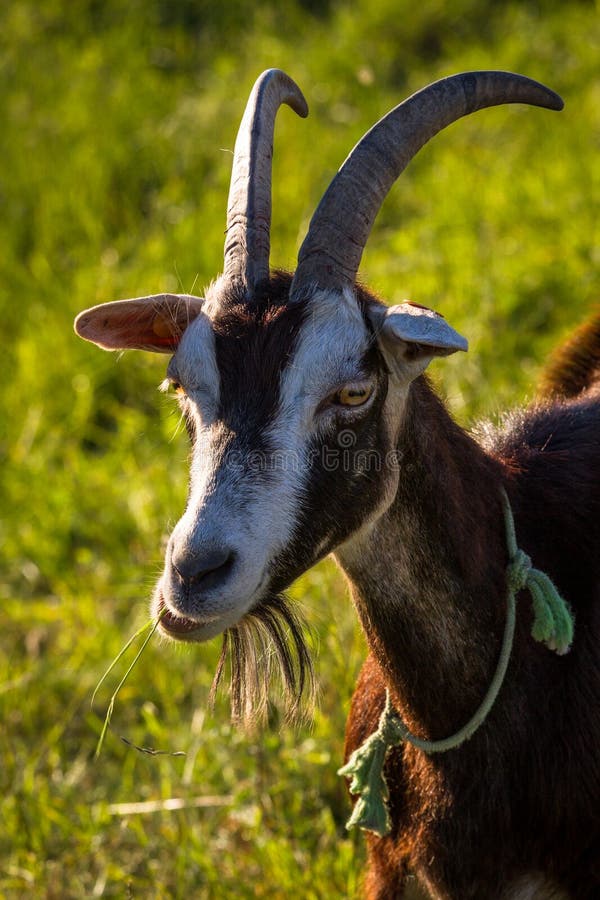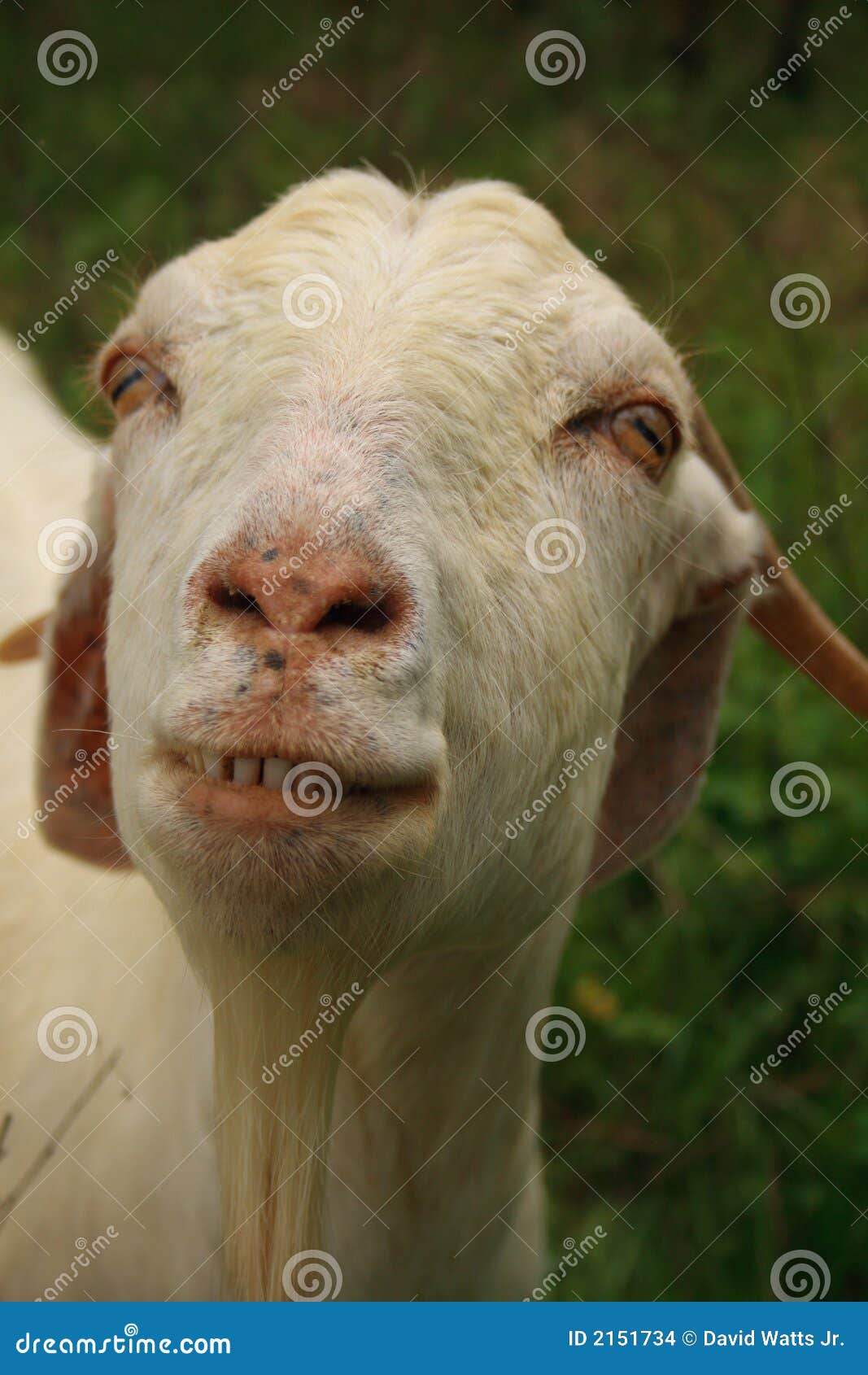

įreshening usually (coming into milk production) occurs at kidding, although milk production is also relatively common in unbred doelings of dairy breeds. The mother often eats the placenta, which gives her much-needed nutrients, helps stanch her bleeding, and parallels the behavior of wild herbivores, such as deer, to reduce the lure of the birth scent for predators.

She may have a worried look, become restless and display great affection for her keeper. Just before kidding, the doe will have a sunken area around the tail and hip, as well as heavy breathing. Birthing, known as kidding, generally occurs uneventfully. Less frequent are litters of quadruplet, quintuplet, and even sextuplet kids. Twins are the usual result, with single and triplet births also common. Gestation length is approximately 150 days. In addition to natural, traditional mating, artificial insemination has gained popularity among goat breeders, as it allows easy access to a wide variety of bloodlines. Some does will not mate with a buck which has been descented. Sebaceous scent glands at the base of the horns add to the male goat's odor, which is important to make him attractive to the female. A buck in rut will display flehmen lip curling and will urinate on his forelegs and face. Rut is characterized by a decrease in appetite and obsessive interest in the does. Bucks of equatorial breeds may show seasonal reduced fertility, but as with the does, are capable of breeding at all times. īucks (intact males) of Swiss and northern breeds come into rut in the fall as with the does' heat cycles. Because goats' irises are usually pale, their contrasting pupils are much more noticeable than in animals such as cattle, deer, most horses, and many sheep, whose similarly horizontal pupils blend into a dark iris and sclera. Goats have horizontal, slit-shaped pupils. An exception to this is the Boer goat, which sometimes may have up to eight teats. The females have an udder consisting of two teats, in contrast to cattle, which have four teats. As with other mammal ruminants, they are even-toed ungulates. They have a four-chambered stomach consisting of the rumen, the reticulum, the omasum, and the abomasum. Their horns are made of living bone surrounded by keratin and other proteins, and are used for defense, dominance, and territoriality. Breeding together two genetically polled goats results in a high number of intersex individuals among the offspring, which are typically sterile. Unlike cattle, goats have not been successfully bred to be reliably polled, as the genes determining sex and those determining horns are closely linked. There have been incidents of polycerate goats (having as many as eight horns), although this is a genetic rarity thought to be inherited. Most goats naturally have two horns, of various shapes and sizes depending on the breed. At the bottom of the size range are miniature breeds such as the African Pygmy, which stand 41 to 58 cm (16 to 23 in) at the shoulder as adults. Within each breed, different strains or bloodlines may have different recognized sizes. Anatomy and healthĮach recognized breed of goat has specific weight ranges, which vary from over 140 kg (300 lb) for bucks of larger breeds such as the Boer, to 20 to 27 kg (45 to 60 lb) for smaller goat does.

It has also been used to produce parchment. Historically, goat hide has been used for water and wine bottles in both traveling and transporting wine for sale.

Studies of DNA evidence suggests 10,000 years ago as the domestication date. Goat remains have been found at archaeological sites in Jericho, Choga Mami, Djeitun, and Çayönü, dating the domestication of goats in Western Asia at between 8,000 and 9,000 years ago. The earliest remnants of domesticated goats dating 10,000 years Before Present are found in Ganj Dareh in Iran. Neolithic farmers began to herd wild goats primarily for easy access to milk and meat, as well as to their dung, which was used as fuel and their bones, hair, and sinew were used for clothing, building, and tools. The most recent genetic analysis confirms the archaeological evidence that the wild bezoar ibex of the Zagros Mountains is the likely original ancestor of probably all domestic goats today. Goats are among the earliest animals domesticated by humans.


 0 kommentar(er)
0 kommentar(er)
